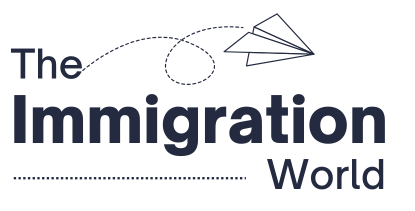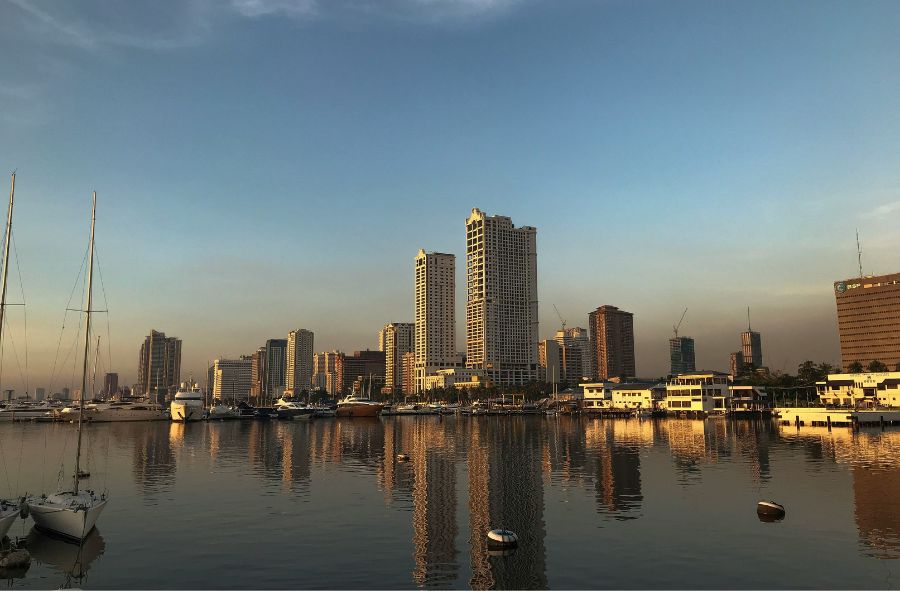In 2025, the Philippines overhauled its work permit system to make it faster, simpler, and more attractive for skilled foreign workers. The Department of Labor and Employment (DOLE) introduced changes that reduce administrative delays, streamline the Alien Employment Permit process, clarify training obligations, and introduce an Economic Needs Test to guide hiring decisions. These reforms aim to balance foreign talent attraction with local workforce development, making the country a competitive destination for global professionals.
Key Takeaways
Why Did the Philippines Change Its Work Permit Rules in 2025?
The work permit process in the Philippines has long been seen as cumbersome. Employers previously needed to post job openings on multiple platforms, including PhilJobNet, Public Employment Service Offices (PESOs), and newspapers. Only after fulfilling these requirements could they apply for an Alien Employment Permit (AEP). For foreign applicants, this often resulted in long waiting periods and uncertainty before they could start their jobs.
The 2025 reforms aim to reduce these delays while maintaining protections for Filipino workers. By streamlining procedures and clarifying requirements, the government signals its intention to remain competitive in attracting skilled professionals. The goal is to encourage foreign investment, fill critical skill gaps, and simplify the process for companies operating in the Philippines.
This change also reflects the need to keep pace with regional competitors. Countries such as Singapore and Malaysia have refined their work visa systems to appeal to foreign talent. Without reforms, the Philippines risked losing skilled professionals to faster, more predictable systems in neighboring countries. By introducing efficiency and clarity, the Philippines aims to become a preferred destination for international talent while continuing to protect opportunities for local employees.
Key Updates to the Alien Employment Permit (AEP) Process
The most immediate and noticeable update is the reduction of job posting requirements. Employers are now required to post a single job advertisement in a widely circulated newspaper for 15 days. Posting on PhilJobNet or PESOs is optional, though DOLE continues to encourage it.
Also Read: Can Indians Travel to the Philippines Without a Visa in 2025?
This change reduces delays for both employers and foreign workers. The simplified process allows applications to move forward faster, reducing uncertainty and enabling foreign hires to start working sooner. Companies benefit from fewer compliance steps, clearer timelines, and lower administrative costs. Small and medium enterprises, in particular, are likely to see the most improvement, as previous requirements created significant logistical and financial burdens.
The updated process also provides clarity and predictability. Employers know exactly what is required to initiate an AEP application, reducing the chances of errors and rejections. This helps businesses plan recruitment schedules efficiently, especially for roles that require highly specialized skills.
What’s New for Understudy Training and Skills Development Programs?
The Understudy Training Program (UTP) and Skills Development Program (SDP) remain important components of the Philippines’ labor strategy. Their purpose is to ensure that foreign expertise benefits local employees through structured training and skills transfer.
Under the 2025 rules, only certain employers are required to comply, including those receiving incentives under the Foreign Investment Act, public utility operators, or companies designated as strategic investments. Employers must submit UTP or SDP plans either during the AEP application or within 60 days of the foreign employee starting work. Reporting depends on the permit duration: every six months for one-year permits and annually for two- or three-year permits. Reports must be signed by both the foreign worker and the local understudy to confirm participation and accountability.

These programs are designed not as a bureaucratic hurdle but as a strategic investment in local talent. By embedding knowledge transfer into employment agreements, the Philippines ensures that foreign expertise contributes directly to the development of its workforce.
Who Is Exempt from Training and Additional Reporting?
Certain categories of foreign workers and employers are exempt from UTP and SDP requirements. These include individuals already not required to obtain an AEP, investors or company owners with equity stakes, and other categories determined by DOLE’s technical working group.
The technical working group assesses the needs of industries and identifies exemptions where training obligations may not be necessary. For example, high-level executives or investors who directly contribute to economic growth are exempt because their roles inherently provide value to local employment. This targeted exemption approach reduces unnecessary administrative burdens and encourages foreign investment while maintaining the focus on workforce development.
How the Economic Needs Test (ENT) Shapes Hiring Decisions
The Economic Needs Test (ENT) is a new tool that evaluates the economic impact of hiring foreign workers. It assesses whether bringing in foreign talent will fill critical skill gaps, enhance productivity, and support overall economic growth.
Employers benefit from ENT by understanding how their hiring decisions align with labor market needs. It ensures that foreign employees are recruited to complement, rather than compete with, local talent. This approach is particularly valuable in sectors with high demand for specialized skills, such as technology, healthcare, and finance.
Also Read: Can You Study in the USA Without SAT or IELTS in 2025?
For policymakers, ENT provides data-driven insight into workforce trends, enabling smarter planning and regulation. By balancing foreign talent with domestic employment opportunities, ENT helps create a sustainable labor ecosystem that benefits both businesses and local workers.
How the New Rules Affect Small and Medium Businesses
While large corporations often have resources to navigate complex labor regulations, smaller businesses have struggled under the old system. The 2025 reforms are especially significant for these enterprises. Reduced posting requirements, clearer UTP/SDP guidelines, and streamlined reporting processes mean smaller companies can now compete for skilled foreign talent without excessive administrative strain.
This is likely to encourage more local startups and SMEs to expand internationally or take on global projects. Access to foreign expertise becomes easier, while compliance remains manageable. The result is a more vibrant, competitive business environment that benefits the economy as a whole.
Comparing the Philippines with Other Southeast Asian Work Permit Systems
The reforms also improve the Philippines’ standing compared to neighboring countries. Singapore, Malaysia, and Thailand have long offered efficient visa processes for skilled foreign workers. By simplifying the AEP process, introducing optional online platforms, and clarifying training and exemption rules, the Philippines now provides a competitive alternative in the region.
Additionally, the ENT introduces a strategic dimension not present in all countries. By assessing the economic impact of foreign hires, the Philippines ensures that foreign employment aligns with national development goals. This makes the country not only competitive but also strategic in its approach to labor market management.
What Do These Changes Mean for Employers and Foreign Workers?
The updated work permit system is a win-win. Employers enjoy faster processing, fewer compliance hurdles, and predictable timelines for recruitment. Foreign workers benefit from reduced waiting periods and clearer obligations, making the Philippines a more attractive destination for career growth.

Local employees also gain through structured training and skills transfer programs, ensuring that the influx of foreign talent contributes to domestic workforce development. The ENT ensures hiring is strategic, protecting opportunities for local workers while supporting economic growth.
Overall, the 2025 reforms demonstrate a modern approach to labor policy. The Philippines has created a system that balances efficiency, investment attraction, and skills development. Companies can hire with confidence, foreign professionals can start their careers smoothly, and local employees continue to develop alongside international talent.
By making the process simpler, adding strategic oversight through ENT, and clarifying training obligations, the Philippines has positioned itself as a competitive and appealing destination for skilled workers in Southeast Asia. These reforms are likely to have a lasting impact on foreign employment trends in the country





